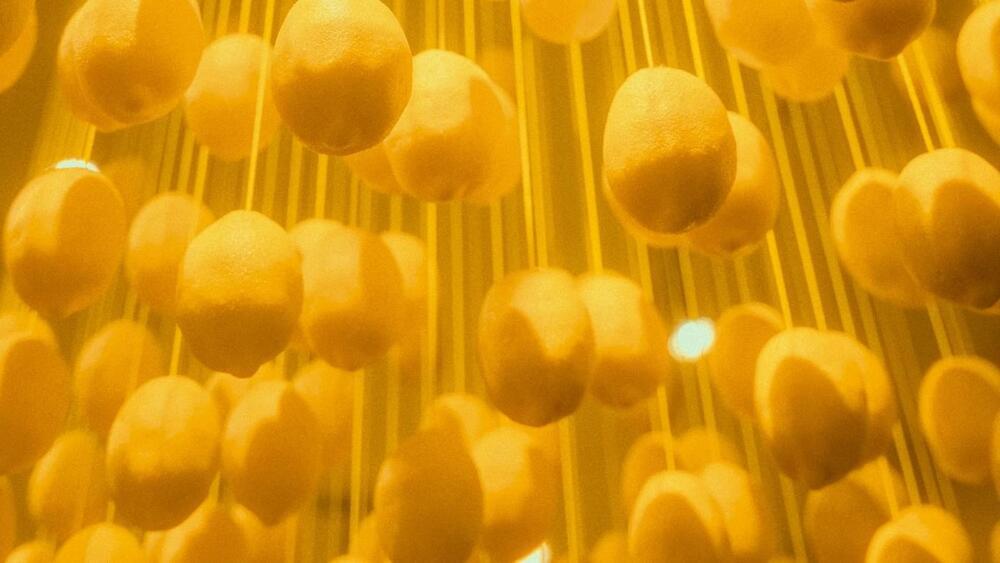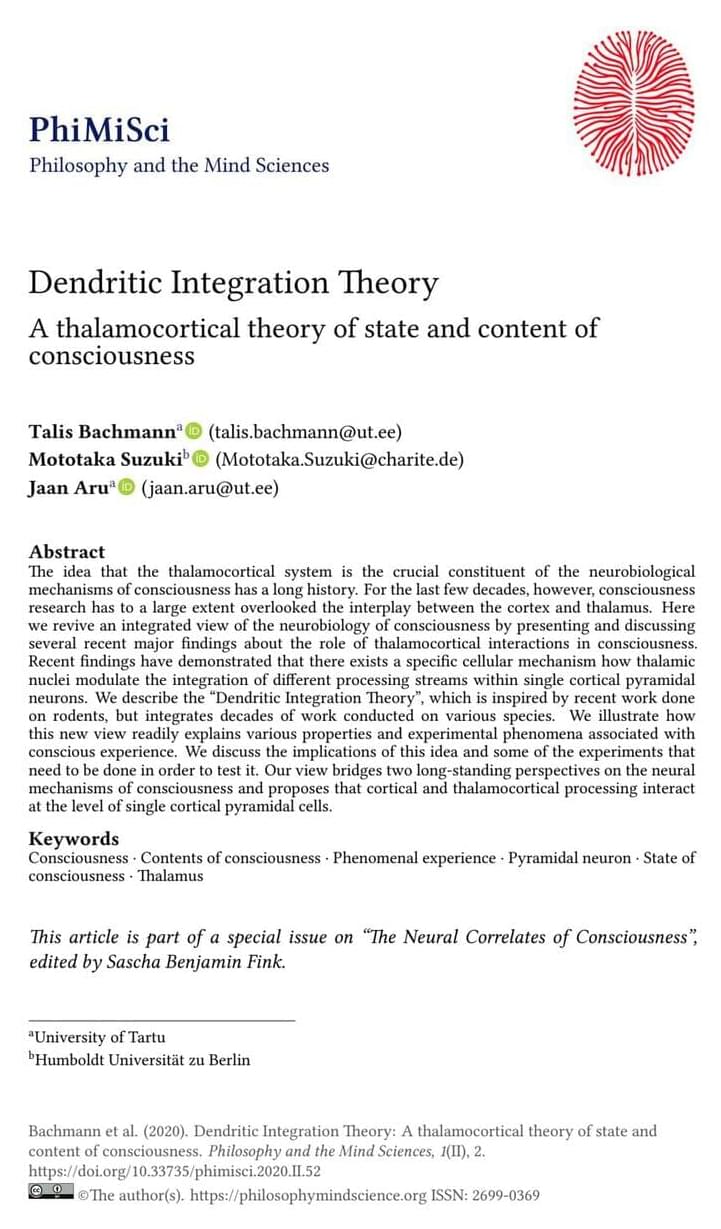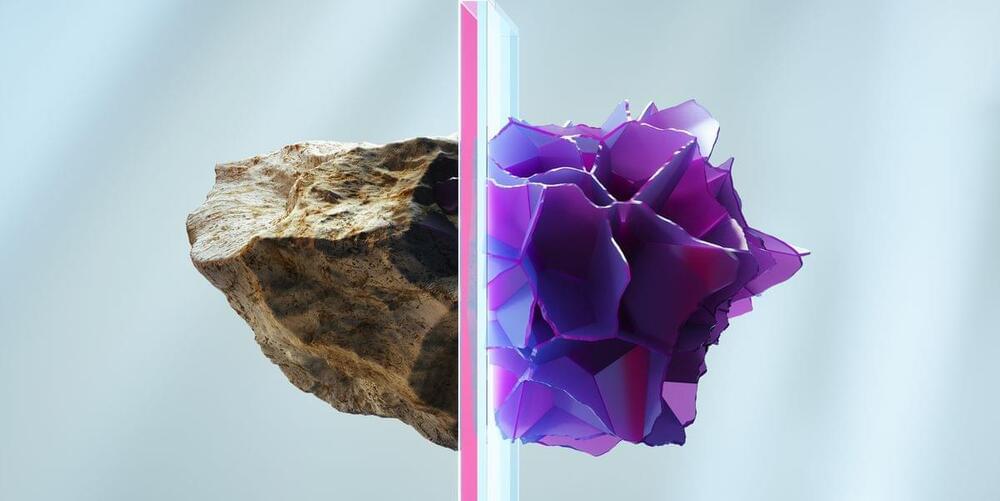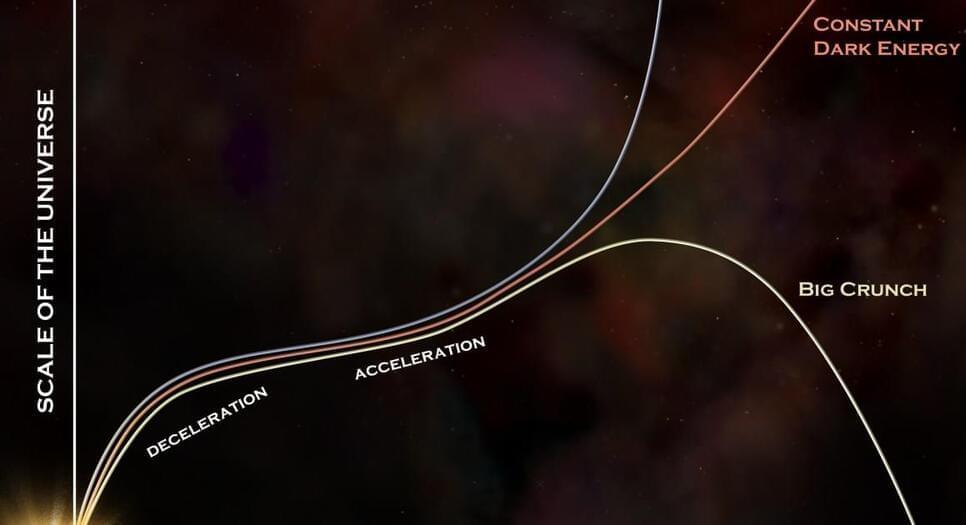From pocket-sized AI models to a warp drive breakthrough, check out this week’s awesome tech stories from around the web.



While tantalizing, Alcubierre’s design has a fatal flaw. To provide the necessary distortions of spacetime, the spacecraft must contain some form of exotic matter, typically regarded as matter with negative mass. Negative mass has some conceptual problems that seem to defy our understanding of physics, like the possibility that if you kick a ball that weighs negative 5 kilograms, it will go flying backwards, violating conservation of momentum. Plus, nobody has ever seen any object with negative mass existing in the real universe, ever.
These problems with negative mass have led physicists to propose various versions of “energy conditions” as supplements to general relativity. These aren’t baked into relativity itself, but add-ons needed because general relativity allows things like negative mass that don’t appear to exist in our universe—these energy conditions keep them out of relativity’s equations. They’re scientists’ response to the unsettling fact that vanilla GR allows for things like superluminal motion, but the rest of the universe doesn’t seem to agree.
The energy conditions aren’t experimentally or observationally proven, but they are statements that concord with all observations of the universe, so most physicists take them rather seriously. And until recently, physicists have viewed those energy conditions as making it absolutely 100 percent clear that you can’t build a warp drive, even if you really wanted to.

The Futurists Podcast — Robert Tercek & Brett King.


Life appears to require at least some instability. This fact should be considered a biological universality, proposes University of Southern California molecular biologist John Tower.
Biological laws are thought to be rare and describe patterns or organizing principles that appear to be generally ubiquitous. While they can be squishier than the absolutes of math or physics, such rules in biology nevertheless help us better understand the complex processes that govern life.
Most examples we’ve found so far seem to concern themselves with the conservation of materials or energy, and therefore life’s tendency towards stability.


Preparation requires technical research and development, as well as adaptive, proactive governance.
Yoshua Bengio, Geoffrey Hinton, […], Andrew Yao, Dawn Song, […], Pieter Abbeel, Trevor Darrell, Yuval Noah Harari, Ya-Qin Zhang, Lan Xue, […], Shai Shalev-Shwartz, Gillian Hadfield, Jeff Clune, Tegan Maharaj, Frank Hutter, Atılım Güneş Baydin, Sheila McIlraith, Qiqi Gao, Ashwin Acharya, David Krueger, Anca Dragan, Philip Torr, Stuart Russell, Daniel Kahneman, Jan Brauner [email protected], and Sören Mindermann +22 authors +20 authors +15 authors fewer Authors Info & Affiliations
Science.

I love the first line.
In this video I spoke with Rupert Sheldrake about the science experiments that will change the world, taking us from morphic resonance, telepathy to aging research.
Find out about Rupert here:
www.sheldrake.org.
/ rupertsheldrakephd.
Proc Royal Soc B aging paper discussed: https://www.sheldrake.org/files/pdfs/.…
Find me on Twitter — / eleanorsheekey.
Support the channel.